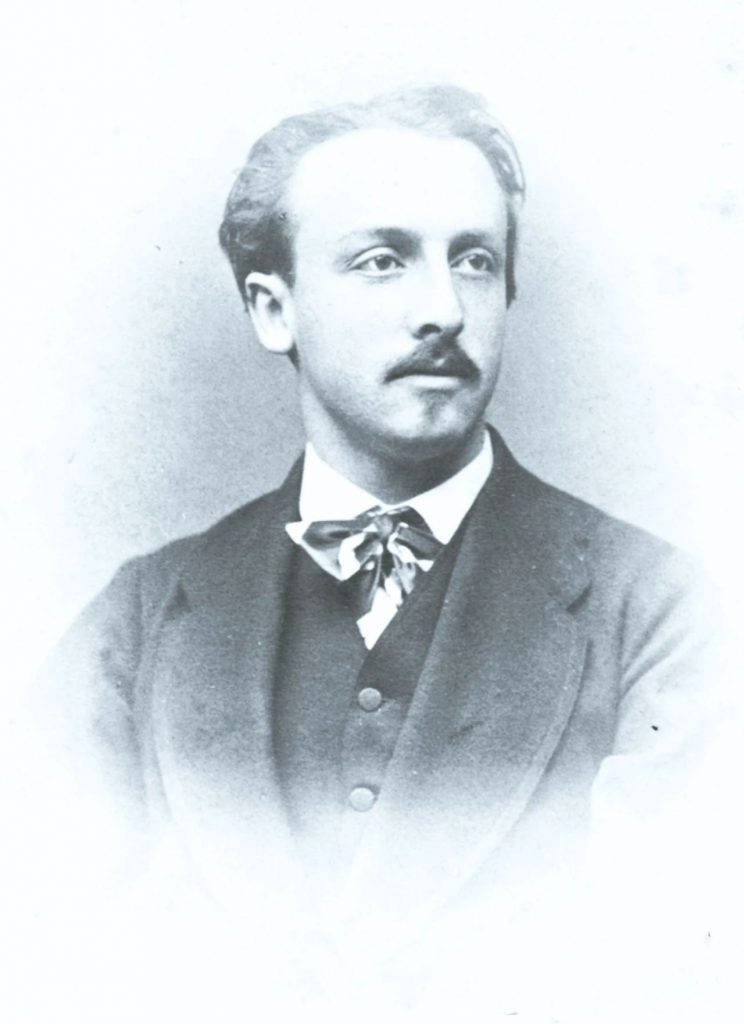
We are familiar with viruses, and they can cause us to suffer from various diseases from time to time. Like common colds, most of them are caused by viral infections. Today, the global spread of the new coronavirus pneumonia is alarming. This is a virus that has never been seen before by humans. Its super contagiousness has caught all countries in the world by surprise. This is also excusable, because any new virus has to go through a process of being discovered and understood.

Progress of Tobacco Mosaic Disease
So, how was the first virus discovered?
As early as thousands of years ago, American Indians discovered tobacco and began to grow it. They used tobacco to prevent insect bites, snake wounds, and some headaches.
At the end of the 15th century, after Columbus discovered the American continent, tobacco was introduced to Europe. This herb, which can effectively treat a variety of painful diseases, quickly gained the love of European aristocrats, and soon became a hot and important crop in European farms!
However, the grower found a headache-a special disease. Once tobacco plants are infected with this disease, their leaves will first appear spots, and then form different areas of yellow and green, and finally the leaf tissue will be necrotic, and its shape will become distorted and shrunken.
The death of the leaves resulted in a substantial reduction in tobacco production.
In 1879, German plant pathologist Adolf Meyer began to study tobacco mosaic disease. He found that tobacco mosaic disease can be transferred by extracting the juice from diseased leaves and applying the juice to healthy leaves.
This situation is consistent with bacterial infection. The strange thing is that Meyer did not see this “bacteria” in the extract under the microscope. He cultivated the extract on the culture medium and tried to grow colonies, but the “bacteria” did not grow on the culture medium. This “bacteria” never reveals its true colors, and Meyer is helpless.
In 1892, the Russian scientist Dmitry Ivanovsky passed the extract from the infected leaves through the Chamberland filter-a filter that can capture bacteria and other known microorganisms. The shocking thing is that the filtered extract is still infectious.
The smallness of this “bacteria” is shocking, and some people have begun to wonder whether the pathogen that causes tobacco mosaic disease is a kind of bacteria.

German plant pathologist Adolf Meyer
In 1898, Martinus Bejelink, a Dutch microbiologist and botanist, went uncharacteristically. He did not try to cultivate the “bacteria” with the medium for cultivating bacteria, but directly cultivated the “bacteria” in living tobacco.
The reproduction in the mosaic was tested, and it was found that this pathogen can reproduce in the host cells of the tobacco plant. This peculiar way of reproduction made Bejelink think that this is not a kind of bacteria, he called this type of pathogen “virus.”
In the 20th century, when electron microscopes with higher resolution were available, people saw tobacco mosaic virus with their own eyes.
It took more than 40 years for humans to prove the existence of the first virus. Until today, human beings have been discovering and understanding new viruses and are fighting against those that cause disease. The number of viruses seems to be endless.
But even so, mankind has already gained a lot of experience in the field of fighting viruses. Anything takes time. Now humans have created a new crown vaccine. As the number of vaccinations continues to increase, the herd immunity barrier is established, which will help people to tide over this global infectious disease crisis.
Comments